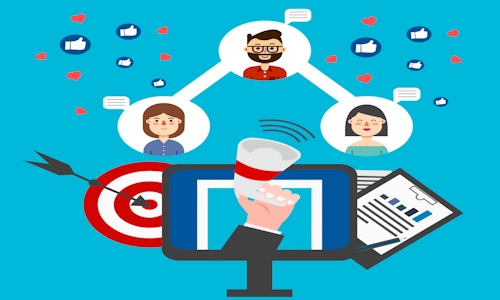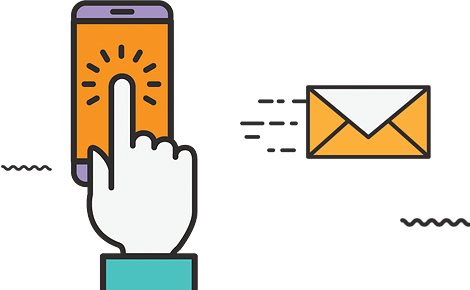In the fast-evolving world of digital marketing, next-generation engagement ads powered by Virtual Reality (VR), Augmented Reality (AR), and Artificial Intelligence (AI) are setting new standards for creative advertising. These formats allow brands to deliver memorable, interactive, and personalized experiences, inspiring deeper audience connections. Below, we explore five remarkable campaigns that successfully harnessed these technologies to leave a lasting impression.
- IKEA’s AR-Powered “Place” App
Technology Used: Augmented Reality
Campaign Highlights: IKEA transformed how customers shop for furniture with its AR-based app, “Place.” The app allows users to visualize IKEA products in their own spaces using AR technology. Customers can scale, rotate, and position furniture virtually, ensuring the perfect fit before making a purchase.
Why It Worked: By combining utility with interactivity, IKEA addressed a common pain point in online furniture shopping while creating an engaging customer experience.
- Nike’s VR Shopping Experience
Technology Used: Virtual Reality
Campaign Highlights: Nike launched a VR-powered shopping experience that lets users explore virtual showrooms and customize shoes in an immersive 3D environment. Customers could walk through product displays, learn about designs, and virtually try on items.
Why It Worked: This initiative made the shopping process exciting and interactive, blurring the lines between physical and digital stores while enhancing brand loyalty.
- Snapchat and Taco Bell’s AR Lens
Technology Used: Augmented Reality
Campaign Highlights: For Cinco de Mayo, Taco Bell partnered with Snapchat to create an AR lens that turned users’ faces into a giant taco. This fun, quirky campaign was widely shared, driving massive engagement.
Why It Worked: The use of humor, interactivity, and a strong social media platform ensured high engagement and viral potential, making it a standout example of immersive marketing.
- Coca-Cola’s AI-Driven Personalization
Technology Used: Artificial Intelligence
Campaign Highlights: Coca-Cola leveraged AI to create personalized ads that adapt to customer preferences. Using data analytics and machine learning, they developed campaigns tailored to local markets, integrating regional languages, themes, and preferences.
Why It Worked: Personalization resonated with diverse audiences, making each ad feel relevant and impactful. This approach showcased how AI in advertising can enhance customer connection.
- BMW’s Mixed Reality Driving Simulator
Technology Used: Mixed Reality
Campaign Highlights: BMW launched a mixed reality experience that allowed users to test-drive vehicles in virtual environments. The simulator combined real-time driving controls with immersive VR settings, offering an adrenaline-packed experience without leaving the showroom.
Why It Worked: By providing a unique and exciting test-drive alternative, BMW elevated brand perception and showcased the potential of their cars in extraordinary scenarios.
Key Takeaways for Businesses
To stay ahead, businesses should leverage immersive technologies like VR and AR to transform how customers interact with their brand, making products more tangible and experiences more engaging. Additionally, embracing personalization with AI can help deliver ads tailored to specific audiences, increasing relevance and resonance. The use of gamification is also a powerful tool, as demonstrated by Taco Bell’s AR lens, which highlights the effectiveness of fun, shareable content in driving engagement. Finally, adopting cutting-edge tools such as AdMagix allows brands to easily create interactive, next-gen ads, empowering them to implement creative concepts with ease.
Next-generation engagement ads are no longer a futuristic concept—they are shaping the present and future of advertising. Brands that embrace technologies like VR, AR, and AI are leading the way in creating captivating, meaningful connections with audiences. As these examples show, innovative ad formats not only capture attention but also drive tangible results, inspiring businesses to push creative boundaries.



